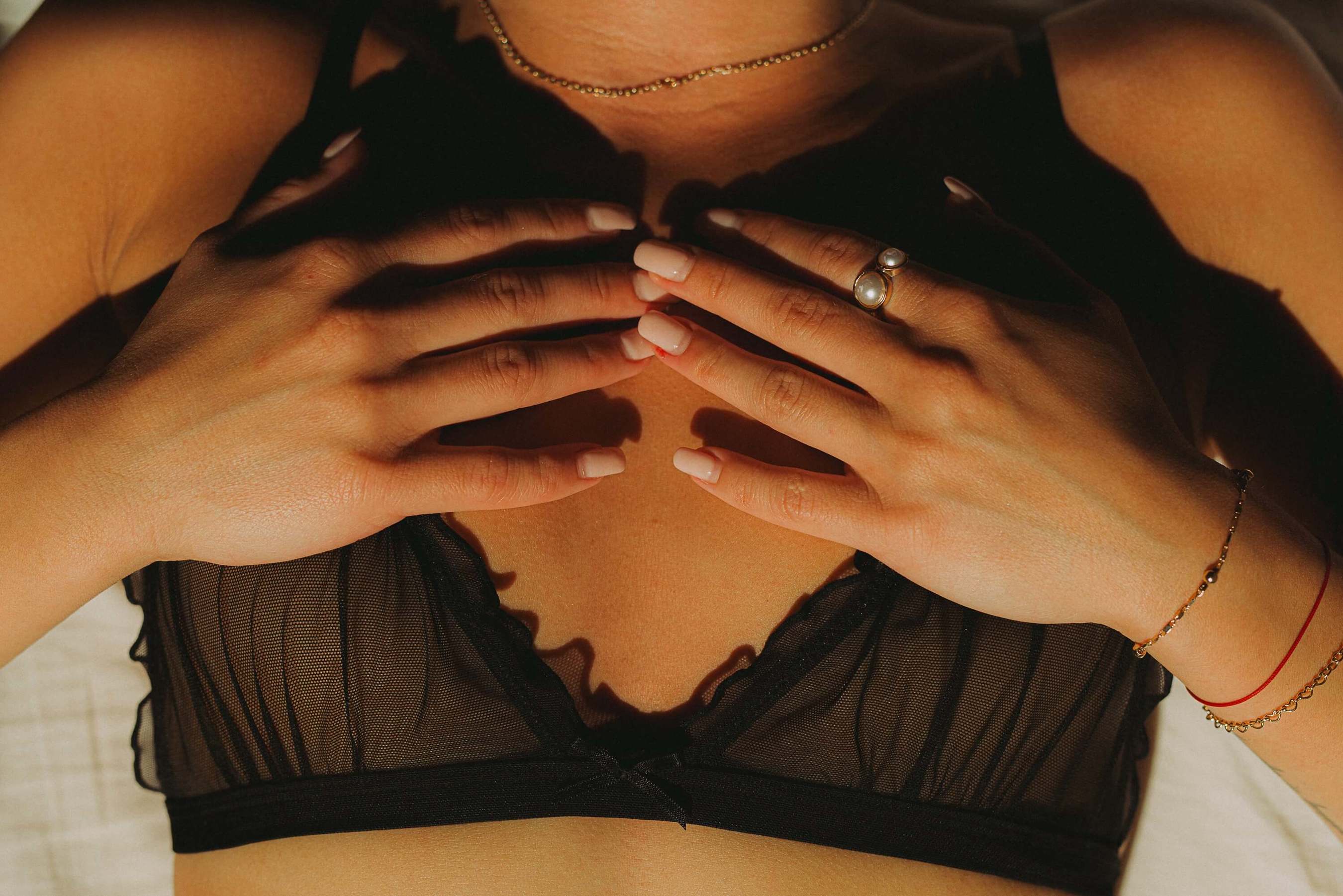Survival rates for breast cancer patients have never been better, and early detection is one of the reasons for this.
We encourage all our female patients to follow their doctor’s advice when it comes to breast cancer screening and to practice “breast awareness” by getting to know their breasts and finding out what’s “normal” for them. This means being familiar with the normal consistency of their breasts so that when they inspect them for changes, they can spot potential problems.
Your breasts will go through perfectly normal changes throughout your cycle and as you age. They are affected by hormonal changes every month and are subject to experience changes in pregnancy, whilst breastfeeding, during menopause, and if you lose or gain weight.
Here is our guide to checking your breasts thoroughly
Get into the habit of looking at and feeling your breasts once a month. A good time to do this is during the week after your period ends. You should both look at and feel your breast. The first part of the exam should be in front of a mirror in a well-lit room and the second part of the exam is often easier to do with a soapy hand in the bath or shower.
Standing in front of the mirror
Undress from the waist up and look at your breast in the mirror. Look for any changes in size, shape, or position, or any changes to the skin of the breasts such as skin puckering, dimpling, sores or discoloration. Pay specific attention to your nipples, looking for sores or a change in the direction of the nipples. Tighten your chest muscles beneath your breasts and turn from side to side so you can inspect the sides of your breasts. Then bend forward, allowing your breasts to fall forward whilst looking for changes in shape. Finally, lift your breasts with your hand to inspect the area underneath.
In the shower or bathtub
Using a soapy hand, glide the flat part of your fingers over your breast in a circular movement – as if you were washing your breast. Start around the armpit and move towards the top of the breast checking for lumps or thickening. Now move your hand towards the middle of the breast, finishing underneath. Apply enough pressure as is comfortable. Gently squeeze your nipples looking for discharge, Repeat on the other breast.
To help you check your breasts, follow this simple four-point plan
- Know what is normal for you by checking your breasts each month. Do this by both looking at them and feeling for changes.
- Know what changes to look and feel for, including changes to the size, shape and contour of your breasts, a lump (which can be as small as a pea), thickening under the skin, changes in the appearance of the skin including dimples and puckering, inflammation of the skin or nipple and discharge from the nipple.
- Report any changes to your health care provider straight away.
- Make sure you keep all your routine breast screening appointments, especially if you are aged 50 or over.
You will know better than anyone how your breasts normally feel and look, so if you do notice a change please see your doctor as soon as possible. Most breast changes will be non-cancerous and benign, but it’s always best to err on the side of caution and have any changes checked.
Our Cancer Care Program is one of the things we’re known for here at the Yinova Center. It’s our way of using the Yinova Method to support cancer patients as they go through treatment. For more information about using Chinese medicine as part of a breast cancer prevention strategy read our article on 5 Ways to Reduce Your Risk of Breast Cancer.






